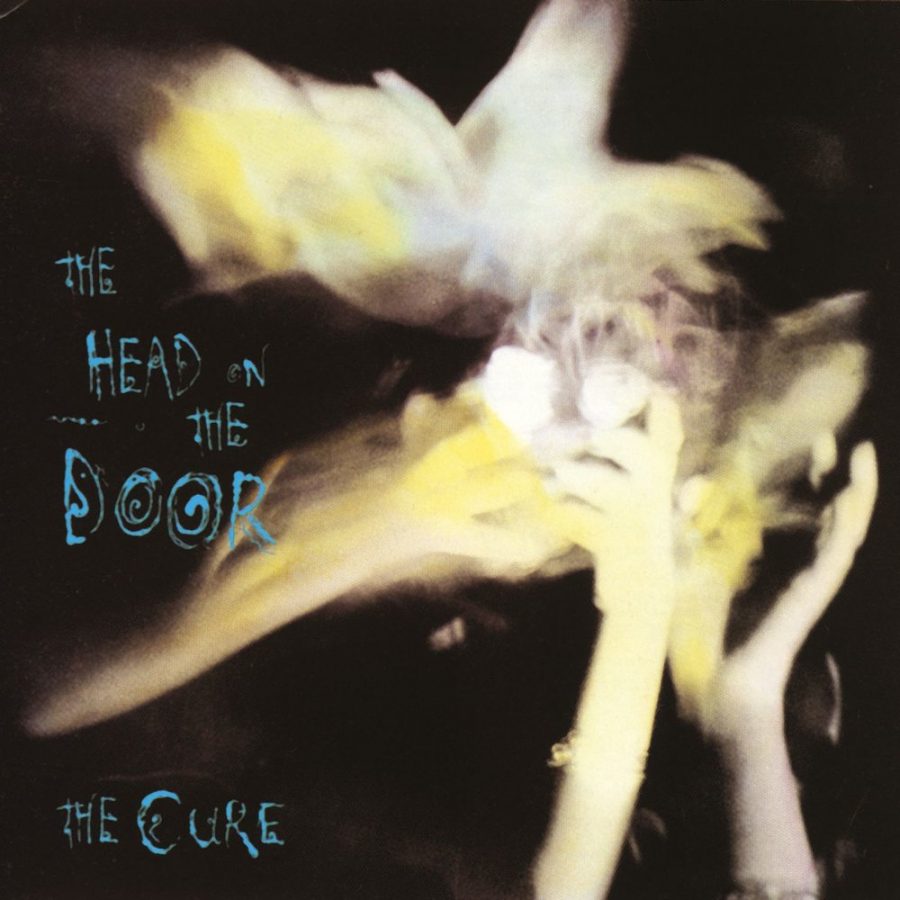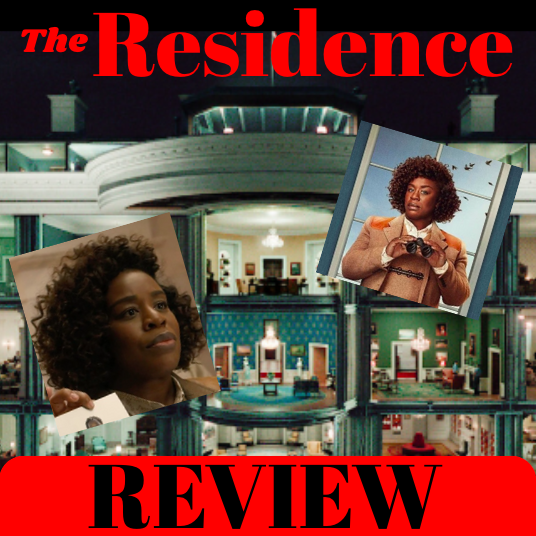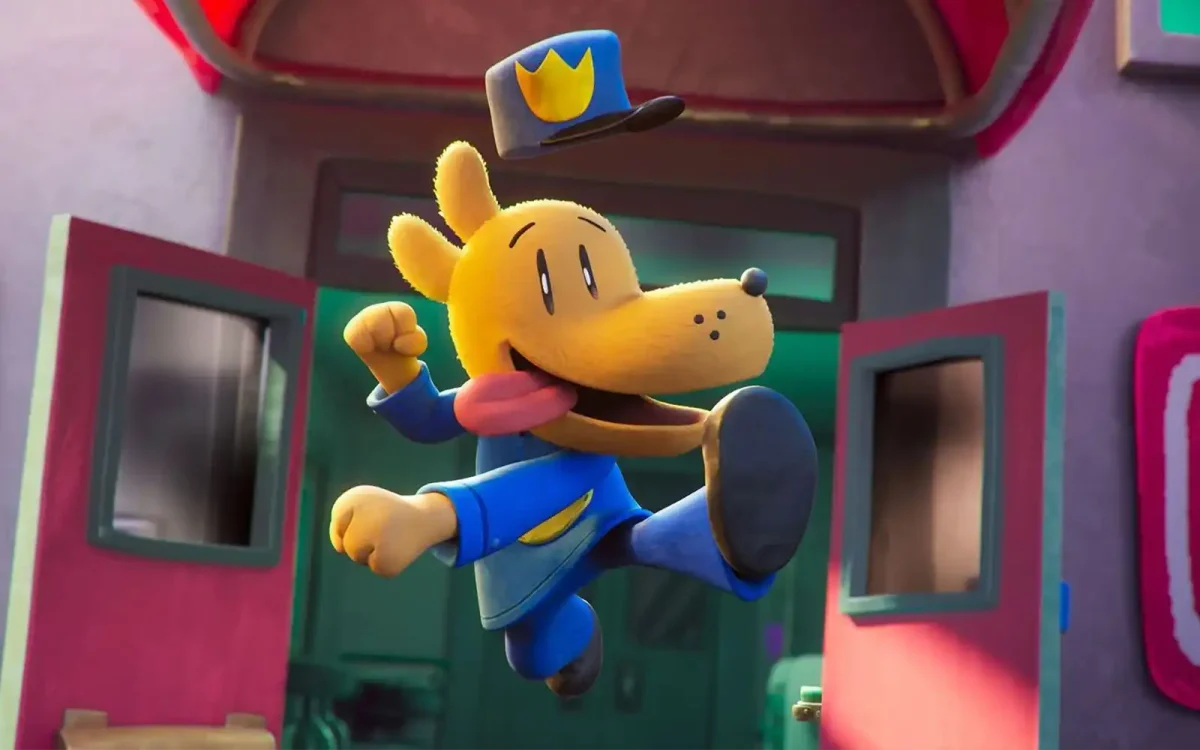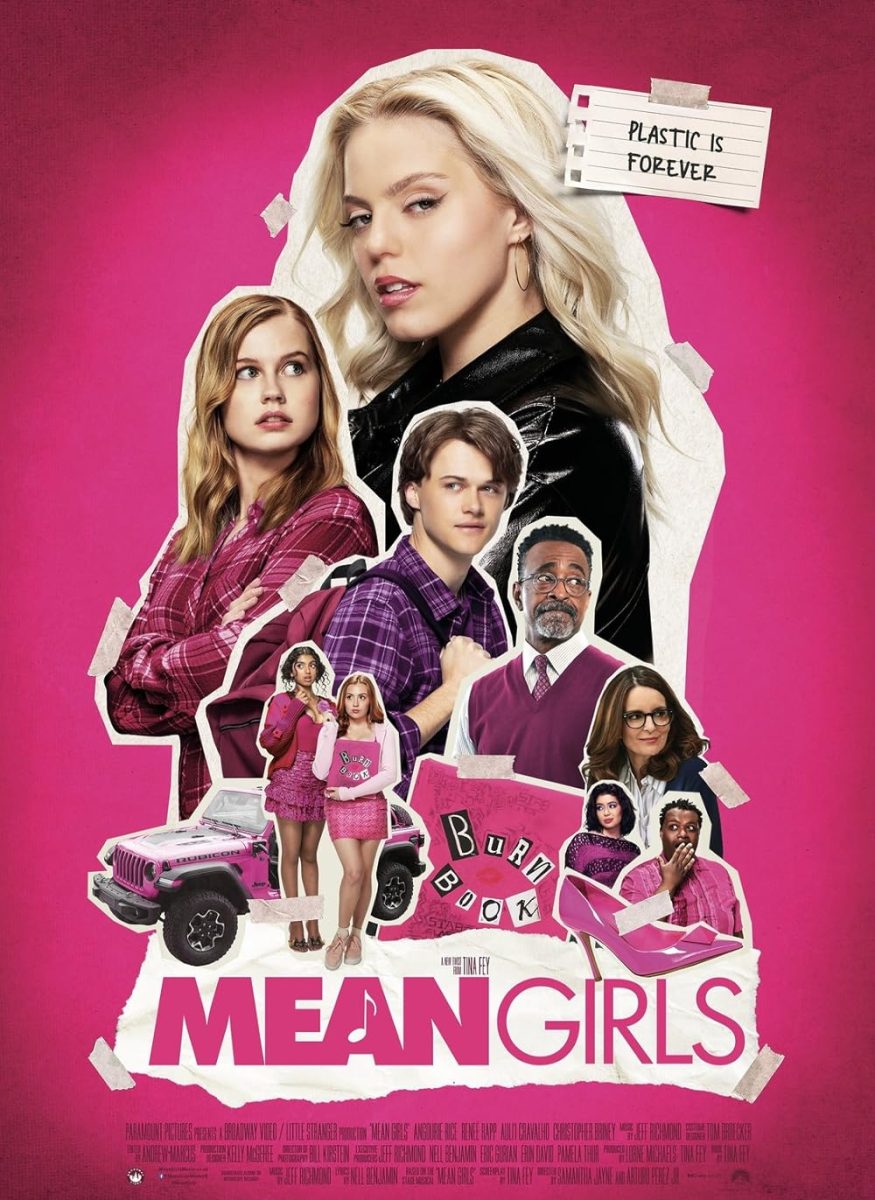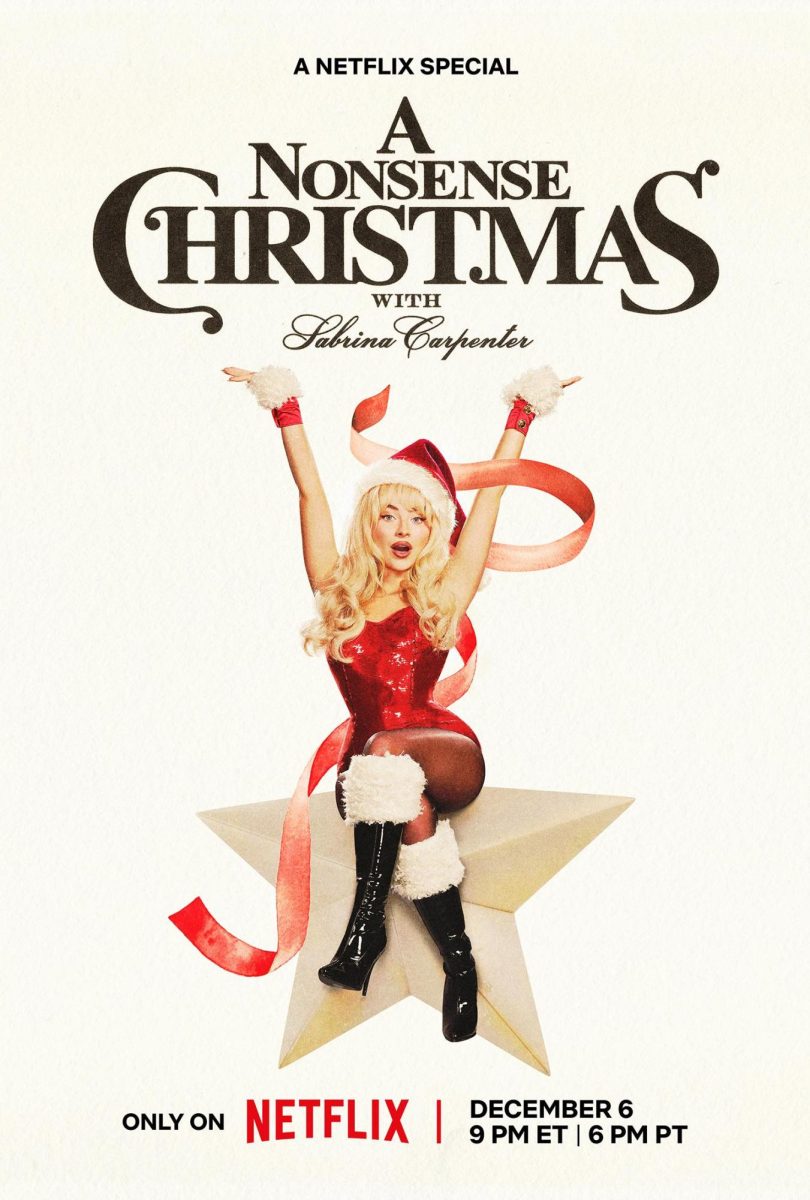The Princess Bride, a classic to be remembered beyond its current 30 years
By Mandi Hall, executive features editor
“Hello, my name is Inigo Montoya. You killed my father. Prepare to die.”
This line, likely the most famous line of the Rob Reiner’s film The Princess Bride, is often quoted around the nation from die hard fans who adore this movie to people who aren’t even sure what movie the line is from. Nevertheless, it is a memorable one-liner for many to enjoy for years to come.
The Princess Bride, made in 1987, celebrates its 30th anniversary this year, marking a tremendous milestone in the movie’s history. Considering that the movie initially was virtually ignored in the box office according to ABC news, it’s almost inconceivable how much of a large cult following it has gained over the years.
The film starts with a grandfather coming to entertain his sick grandson by reading a book to him about a girl and a guy. It’s a fairy tale to both mock and admire the oldest of fairy tale stereotypes.
Buttercup and Wesley, our two main protagonists who fall in love at first sight and work long and hard to get back to each other when things go awry, are a charming and funny couple that embody many of the old fairy tail traditions. But when Buttercup gets captured to be wed to the evil Prince Humperdinck, Wesley must ally himself with some interesting individuals in order to find his way back to her.
Bluntly put, this film is hysterical. Absolutely littered with quotable one liners and filled with many little moments that will leave the audience laughing until their sides hurt, The Princess Bride is a film not to be taken seriously, but to enjoy for the sheer fun of it. It even saved a life one time. (For that full story, click the following link: http://nerdist.com/the-princess-bride-rob-reiner-life-saved/)
The movie is utterly cheesy though, which to many is part of the fun. However, it may be a little too much for some who prefers a more serious and straightforward movie. The special effects are kind of cheap and obvious, and many moments between Buttercup and Wesley may be almost hard to swallow due to their cheesiness. Buttercup is also quite a bit more like a damsel in distress than a brave heroine herself, which can get annoying.
Regardless, the masterpiece does an amazing job satirizing fairy tales while still having the charm, humor and nostalgia of one itself.
At its core, The Princess Bride is a story about love, told through many different stories that intertwine with each other in hilarious ways. It’s a classic that deserves a worthy celebration of its 30 years.</span
In honor of the Princess Bride’s 30th anniversary this year, Fathom Events, Turner Classic Movies and Twentieth Century Fox have decided to show this fairy tale classic on the big screen in select theatres on October 15 and/or October 18 of this year. For more information about ordering tickets, click the link below:
https://mobile.fandango.com/the-princess-bride-30th-anniversary-1987-presented-by-tcm-198121/movie-times
The Cure’s ‘Head on the Door’ walks the line between optimism, pessimism
By Cole Altmayer, copy editor
Much like the storied feud between Biggie Smalls and Tupac Shakur in the 1990s, the 80s had their own high-profile clash of musical titans. But instead of rap fans being pitted against each other, it was a demographic much more heinous: the proto-hipsters. Hipsters who were hipsters before it was cool.
The two bands in question were The Smiths and The Cure. To this day, the battle still rages on, thankfully with no casualties (except for maybe The Smith’s vocalist Morrissey’s fragile ego).
However, as a fan of this era of music, I stand staunchly with The Smiths. But every once in awhile, The Cure will pluck a song out of their moody and whimsical arsenal and strike me directly in the heart like no other band can.
One of their crowning achievements is the 1985 album “The Head on the Door,” which is their only album that transcends the darkness of their early work and stands on its own as a radiant gold standard of what post-punk and new wave should be.
“The Head on the Door” opens with “In Between Days,” one of the defining singles of The Cure’s discography and a wonderful segue into the album. The song is propelled forth by the sound of a frantic acoustic guitar and a soaring synthesizer melody. It’s jauntily danceable with a hint of melancholy, the melancholy being mostly conveyed through the somber lyricism of vocalist Robert Smith, which focuses on the themes of growing old and being forced to cut ties with loved ones.
The album then takes a bit of a turn for the lackluster with its next two tracks, “Kyoto Song” and “The Blood,” both of which feel like novel ideas that weren’t completely capitalized on and developed into a full song. Neither are particularly bad, they just sound a bit aimless.
Thankfully, “The Head on the Door” reclaims its rhythm with the fourth track, “Six Different Ways,” and stays consistently infectious until the end. “Six Different Ways” is the arguable peak of the album, and one of my personal favorite tracks the band has ever put out.
One of the main issues I have with The Cure as a band is their inability to find a good balance with their iconic moodiness. Every track is either played completely straight with a dark sense of detachment, or is overly saccharine and happy-go-lucky. “Six Different Ways” is definitely channels the latter, but feels much more tasteful and natural than some tracks off of other Cure albums like “Kiss Me Kiss Me Kiss Me” or “Wish.” It features very quaint yet layered percussion and all sorts of synthesized instrumentation that weave in and out of the song as little motifs. As the sum of its parts, “Six Different Ways” is a grandiose and heartfelt track, but the most fun way to listen to it is to zero in on one of the motifs and follow its trail to the very end.
The two other stand-out tracks on the album are “Close to Me” and “A Night Like This,” both of them being hearty proof that The Cure is more than a band for kids who wear all black. “Close to Me” feels like a more confident, less reserved version of “Six Different Ways,” clearly born for radio play. It boasts a cutesy sense of naivety combined with a poppy bravado, feeling more like an early Depeche Mode track with tidier instrumentation than something by The Cure. “A Night Like This” is much more traditional alternative rock, and recalls their contemporaries like R.E.M. and U2 while still feeling very characteristic of The Cure.
The album concludes with “Sinking,” which is one of the darker tracks on the album, and feels like a throwback to their earlier more gothic work on albums like “Faith” and “Pornography.” The instrumentation oozes with reverb and Smith’s vocals drag at the listener’s very soul. It’s a welcome yet morose goodbye to an album that is anything but morose, especially when compared to the pessimism of their earlier albums.
While it’s not my favorite album from the band, “The Head on the Door” is perhaps one of the best entry points for a curious listener. It’s optimistic, charming, bold and inspiring, yet still has the groundedness that their other “glass half full” albums lack.
FAVORITE TRACKS: “Six Different Ways,” “A Night Like This,” “In Between Days”
Classic Corner: Princess Bride and Head on the Door
October 10, 2017
0
Donate to ProspectorNow
This coming fall, we plan on traveling to the 2025 National High School Journalism Convention in Nashville, Tennessee, where we'll learn from professionals and get better at what we do: making the best multimedia student journalism in the state. If you've ever found anything of worth on this website, please consider donating to offset the cost.
More to Discover




































































